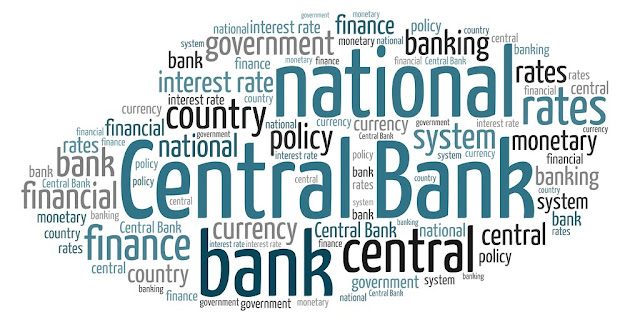The central bank is the apex monetary and banking authority. It performs different activities to establish a sound banking system and maintain the credibility of the banking system in the economy. the function of the central bank are explained below:
A. Traditional Function:
1. Bank of note issue
The central bank has a monopoly of note issues. The currency notes issued by the central bank are declared ultimate legal tender throughout the country. The central bank has to keep gold, silver, other precious metal, or strong foreign currencies reserves against the note issue.
2. Banker, agents in adviser to the government
It is called the banker of the government because it makes repairs and payments on behalf of the government from domestic and foreign countries. Again It advances short term loans to the government in the time of difficulties. As the agent, its sells and purchases the government securities. As an advisor, it advises the government on all monetary and economic matters.
3. Bankers Bank
It is called the banker's bank because every commercial bank and financial institution is under the license of the central bank. Banks and Financial Institutions have to maintain the minimum cash reserve ratio in the central bank and also commercial banks put their excess liquidity in the central bank. The central bank regulates and supervises the bank and financial institution.
4. Lender of The Last Resort
The central bank also provides financial support to the banks in the time of crisis. When the commercial banks faced a financial crisis they approach the central bank for assistance. The central bank provides financial assistance to banks by discounting up approved securities and Collateral loans and advance. So, it is called the lender of The Last Resort.
5. Custodian of Foreign Reserves
The central bank has the responsibility to maintain the official rate of exchange. The bank requires buying and selling defined amounts of foreign currencies at fixed rates. In Nepal, the exchange rate is packed with India, and for the other currencies, it is flexible.
Every commercial bank has accounts in the central bank. the central bank had a clearinghouse and works as a Clearing Agent for the settlement of their claims and counterclaims.
The central bank is the controller of credit. It has the power to influence the volume of credit created by banks. To control the credit Central Bank may use different instruments Like bank rate, liquidity ratio, open market operation, cash reserve ratio, etc.
B. Promotional functions:
The central bank also performs a variety of developmental and promotional functions. The central bank is called the catalyst for economic development. Promotion functions change with the development of the banking system. They are :
1. Development of banks
The central bank helps in the development of bank and non-Banking Financial institutions. It encourages banks to open branches in remote areas by providing compensation and interest-free loan.
2. Development of financial institutions
The financial institution like and NIDC, ADB, Nepal Stock Exchange, credit Guarantee Corporation have been established with the initiative and financial assistance of NRB.
3. Special programs
In developing countries, the central bank performs certain special programs for the upliftment of targeted groups. Programs like the priority sector credit program, Cottage and small industries projects, micro-credit for women have been launched with the initiative of NRB.
4. Economic study and research
Various statistical data are necessary for the formulation of the budget, economic planning, and policies. The central bank also conducts Research and studies in the field of family budget survey, agriculture credit survey, industrial survey, etc.
5. Publicity
The central bank published reports, journals, and bulletins so as to inform the researchers, policymakers, foreign institutions, and the general public about the existing monetary, exchange, economic situation of the country. The economic review, economic report, macroeconomic indicators, Quarterly economic bulletin, are some of the publications of Nepal Rastra Bank.
6. Relationship with international agencies
The central bank established a relationship with international Financial institutions International Monetary Fund (IMF), World Bank, and makes available multilateral financial assistant to the government.

Comments
Post a Comment